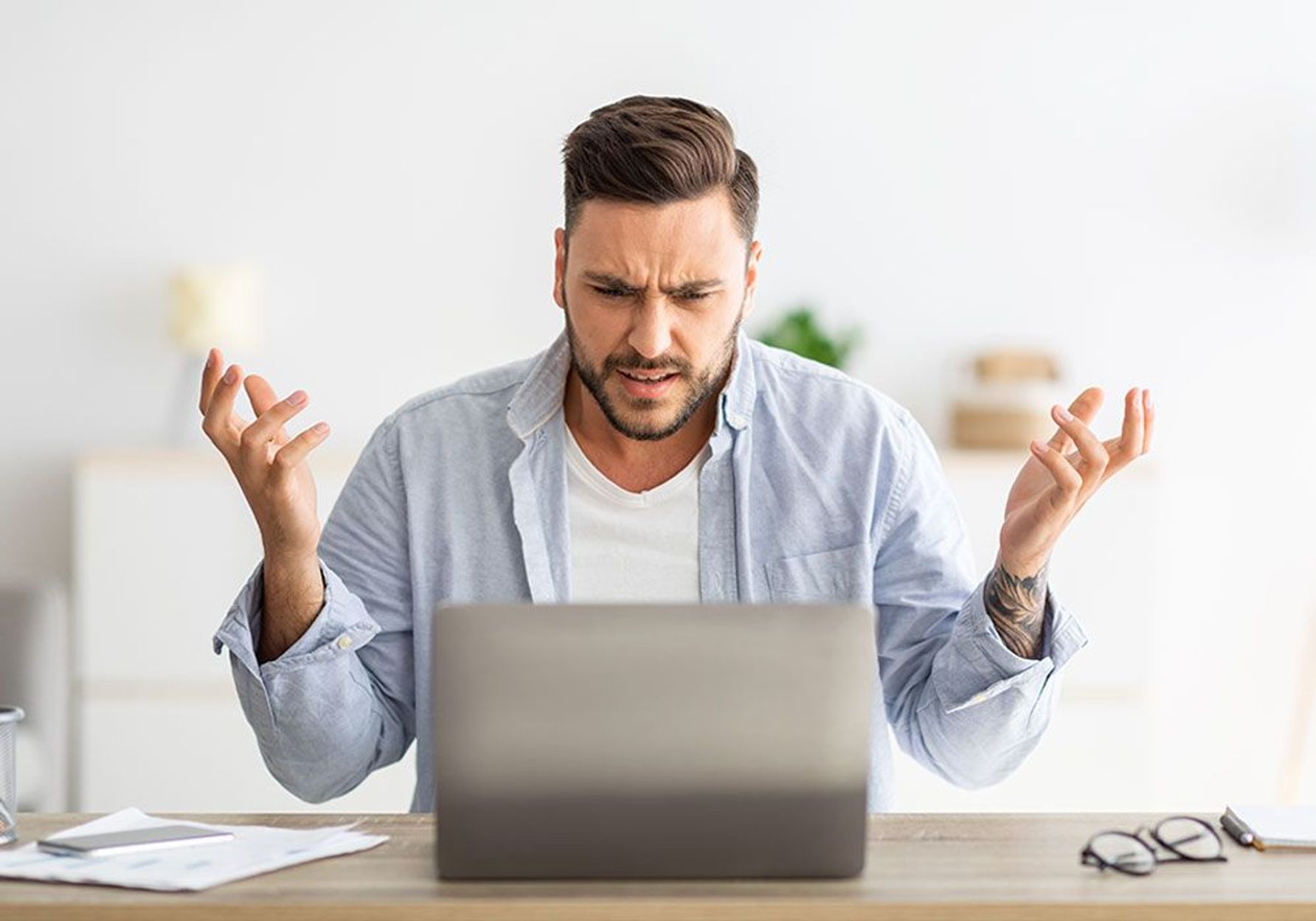
WordPress is one of the most popular content management systems (CMS) available today, and for good reason. It’s user-friendly, versatile, and highly customizable. However, from time to time users may experience technical issues that can be difficult to address on their own. In this article we will provide five useful tips on how to troubleshoot common WordPress problems so you can maintain a smooth experience when using the CMS. From increasing memory limits and disabling plugins to restoring a backup, these tips will help you quickly resolve any issues you may encounter while working with WordPress.
Increase Memory Limits
Increasing memory limits is one of the most common troubleshooting steps for WordPress users. When a website’s memory limit is exceeded, it can cause unexpected errors and even lead to a complete crash of the site. Therefore, it’s important to regularly check your WordPress website’s memory usage and increase the limit if necessary. To do this, you’ll need to edit the wp-config.php file in your WordPress directory and add the following code: define( 'WP_MEMORY_LIMIT', '256M' ); Once saved, memory limits will be increased and could potentially help resolve any issues you may have been experiencing due to memory limit errors.
Disable Plugins
Disabling plugins is another common troubleshooting step for WordPress users. Plugins are pieces of code that can be used to extend the functionality of a website, but when they’re not installed and configured properly, they can cause issues. If you’re experiencing unexpected errors or slow loading times, it could be due to a plugin conflict. To determine if this is the case, try disabling all plugins on your website and then retest the issue.
Sometimes a plugin conflict will break your WordPress website to the point where you can't even log into the admin dashboard and instead your are greeted with the dreaded white screen of death. If that's the case, you'll need to FTP into your hosting server and change the name of your plugins folder, which will disable all of your plugins.To do this, you will need an FTP client like FileZilla, and your ftp or sftp credentials, which should be accessible through your hosting portal. Use your (s)ftp credentials to connect to your hosting server, then navigate to /wp-content and look for your plugins folder. Change the name of the plugins folder (plugins_deac, for example), and voilà! All of your plugins are now disabled. Make sure you can log back into your admin dashboard, then go back to your plugins folder and rename it back to plugins. Then you'll be able to re-activate your plugins one-at-a-time to figure out which one(s) is/are causing the plugin conflict.
Clear Cache and Refresh Permalinks
Clearing your WordPress website’s cache is another effective troubleshooting step for resolving various issues. A cache stores webpages and media in a temporary storage area, allowing them to be accessed more quickly the next time they are needed. However, if the cache is not cleared periodically, it can become outdated and cause unexpected errors or slow loading times. Clearing your website’s cache is a relatively easy process and can be done with a single click in most caching plugins, or manually by deleting the wp-cache folder in your WordPress directory.
Refreshing permalinks (or permanent links) is also an effective troubleshooting step for resolving various issues on WordPress websites. Permalinks are the URLs associated with your webpages, and if they become outdated or invalid, it can cause unexpected errors. To refresh the permalinks on your WordPress website, you’ll need to access the Settings > Permalinks page in the admin dashboard, then click on “Save Changes” at the bottom of the page.
Restore Backup Files
If all else fails, restoring a backup is an effective way to troubleshoot common issues with WordPress websites. It’s always a good idea to keep regular backups of your website in case anything goes wrong, as it can help save you time and stress if something does happen. Most hosting providers offer backup and restore features, or you can use a plugin like UpdraftPlus to take automated backups of your website on a regular basis.
Contact Support for More Help
If you’re experiencing technical issues with WordPress that you can’t seem to resolve on your own, contact support for more help. You can reach out to the WordPress support forums for community-based assistance, or contact a professional WordPress developer for more customized help. The WordPress forums are a great resource for getting answers from experienced users, and many developers are available for hire to provide technical support, maintenance, and more.
In conclusion, troubleshooting WordPress problems can be a daunting task for those unfamiliar with the platform. Hopefully this article has provided some useful tips on how to quickly diagnose and address various issues with your WordPress website. From increasing memory limits and disabling plugins to restoring a backup and reaching out for help, there are many options available to you when it comes to solving technical issues. With some basic knowledge of the platform and the right tools at your disposal, troubleshooting WordPress problems doesn’t have to be as overwhelming as it may seem. Good luck!